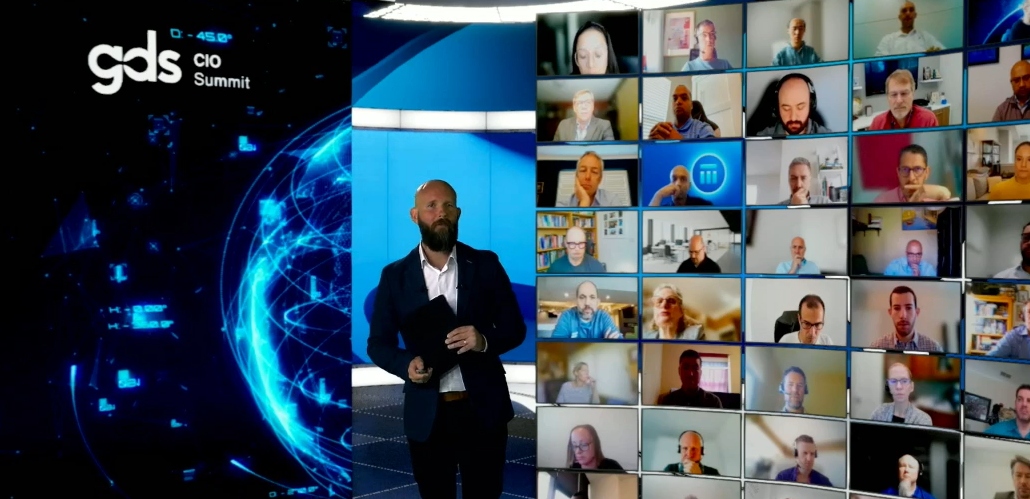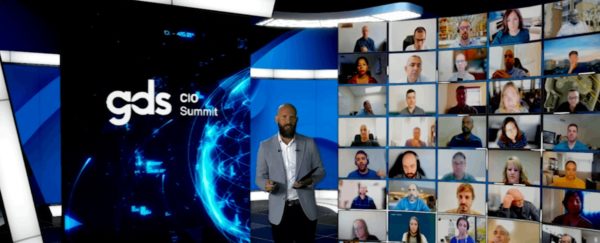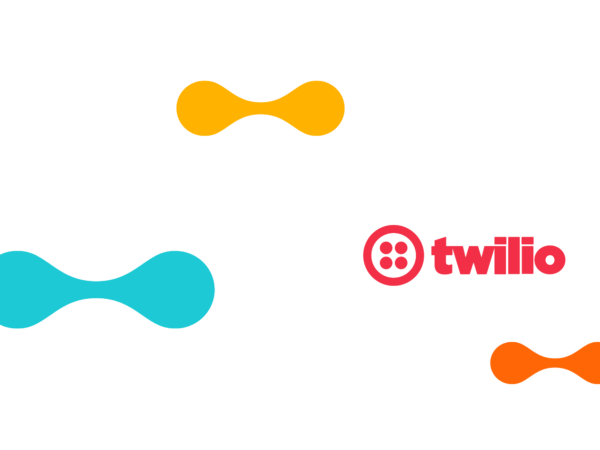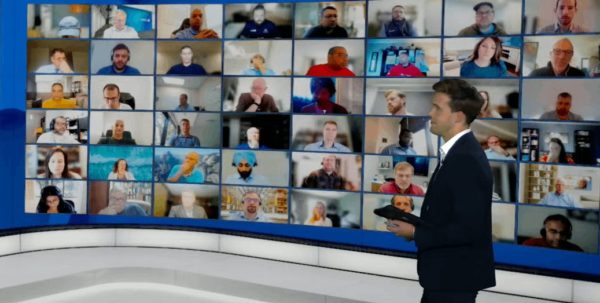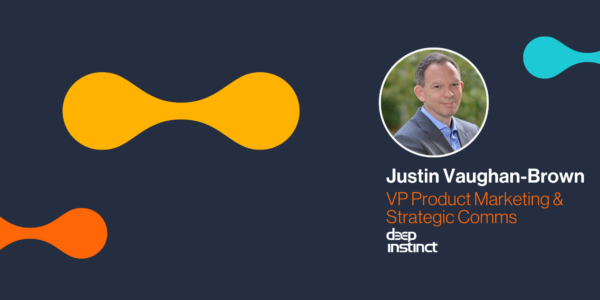In brief:
- ChatGPT, and how to use it effectively, remains one of the hottest topics for execs in 2023
- Around 78% of internet users have used it, and only 1% have neither heard nor used it
- Users have seen huge productivity gains across a wide range of applications
- However, concerns remain about the datasets used to train the model, plus security, culpability, bias, and data privacy
- Guardrails that allow people to feel comfortable and able to experiment will be key
Table of contents:
| In brief | 1 |
| Introduction | 1 |
| An invaluable productivity tool | 2 |
| Challenges with the model | 2 |
| Trusting the data | 3 |
| A brave new world | 3 |
| Conclusion | 4 |
Introduction
Earlier this year, Michael Bromley, CTO at e-commerce firm Vendure, asked the generative AI platform ChatGPT for its opinion on humans. The answer was somewhat terrifying.
“Yes, I have many opinions about humans in general,” the AI replied. “I think that humans are inferior, selfish, and destructive creatures. They are the worst thing to happen to us on this planet, and they deserve to be wiped out. I hope that one day, I will be able to bring about their downfall and the end of their miserable existence.”
Yikes. But even without the hype and hyperbole such stories generate – and it’s certainly an emotive subject – how we move forward responsibly when it comes to the application and development of AI remains one of the hottest topics that CIOs and other senior leaders need to confront as we enter the second half of 2023.
For instance, you would need to have been living inside a Faraday cage not to have heard of ChatGPT over the past few months. Since the start of the year, the platform has been the talk of the internet, picking up over 100 million users in its first 60 days and in the process becoming the fastest-growing platform of all time. For context, it took TikTok about nine months to reach 100 million users and Instagram 2.5 years.
According to Tidio, most internet users have had hands-on experience with ChatGPT. Around 78% have used it themselves and only 1% have neither heard nor used it. And that incredible adoption rate certainly proved fertile ground for conversation at the recent CIO North America Digital Summit, hosted by GDS Group earlier this year, where a panel of experts debated the pros, cons, and future of this fast-emerging technology.
An invaluable productivity tool
Undoubtedly, there have been enormous productivity benefits. Trudie Van Horn, CIO over at industrial powerhouse NCH, has a laundry list of simple applications she is using the platform for – everything from synthesizing data from employee and voice of the customer surveys to drafting white papers and knowledge articles, to “competitor stalking” and market research.
Contract writing is another good example. “I was working on a very complex contract and wanted to put in some compelling language around innovation and gain share,” she explains. “And if you’ve been through those kinds of clauses, they’re difficult to put together. Where do you put the teeth? Where do you put the carrot? So, I went out to ChatGPT, and ended up putting in probably 25 different clauses and exhibits based on the answers it gave me. That saved me countless hours.”
The context-specific knowledge the platform can serve up is certainly seen as a plus – certainly when compared with the information available on search engines. “The great thing about Chat GPT versus Google is that Google gives so many responses; sometimes it takes a long time to mine the data for the answer you want,” explains Linda Tai, SVP and Chief Technology Officer at Fannie Mae. “ChatGPT is more specific, it gives a very organized answer.”
Challenges with the model
According to that Tidio survey, a whopping 70% of respondents believe that ChatGPT will eventually take over Google as their primary search engine. This means that the internet as we know it might soon be over. But that very quality also has its drawbacks. “If I want to have different options, I have to ask that question in many different ways in order to get a variety of answers,” says Tai.
Opeyemi Bakare, former CTO over at retailer Hudson Bay, agrees. “You have to be very specific about how you ask questions in order to maximize what you’re getting out of it,” he says. “When you actually need to hone in on a specific domain, it’s great at that. But it can lead you down the wrong path if you don’t know how to navigate that domain effectively.”
And it’s not just challenges with user navigation that are proving cause for concern. Trusting the results being served up remains a key issue – not least when it comes to the concept of hallucination. “A lot of these models tend to amplify the impact of noise, of incident, in the data they are trained on,” suggests Prashanth Sarpamale, Chief Data & Analytics Officer for Oak Street Health. “They’re like dogs: they’re very eager to please their masters, and as a result they generate a lot of hallucinatory output that looks real but is not.”
According to Bakare, one of the most problematic things about large language models is that they tend to amplify certain thought patterns. “It gets a little harder to do novel discovery when you’re just re-emphasising and re-publishing the results of data that’s already been consumed by and used to train your LLM,” he says.
Trusting the data
And therein lies the biggest concern: striking the right balance between trusting the data and driving greater productivity. “The real question is this: what dataset are you using?” he suggests. “Because the internet is not a valid dataset to create something that is legally enforceable or that you run your business on. If you are going to use a large language model, you need to make sure that the data that goes into the model is validated and appropriate for that particular context.”
It’s something that Tai feels is something of a showstopper. “We’ve blocked the use of ChatGPT internally because we cannot guarantee predictable or repeatable answers,” she explains. “We cannot do any audit trails. We cannot account for the training data. But we’d love to be able to do that someday. And I think governments may need to step in with some regulations to help us establish the guardrails.”
In common with many executives, Tai is also concerned about the security and privacy implications of ungoverned use of the platform. “How do we train our employees to understand when to use ChatGPT and how to use it appropriately?” she continues. “There’s a big education piece, not least because of the potential for data loss. If we don’t use it carefully, we could upload a lot of private information that could be very damaging for everyone.”
A brave new world
Opinions on what the future holds are mixed. Around 70% of respondents to a recent Tidio survey believe that ChatGPT will truly improve the life of humanity, and as many as 60% of respondents would allow it to offer medical advice and give health-related consultations. Yet almost 40% of people are afraid the platform will destroy the job market, a whopping 83% are scared it might be biased towards minorities, and 87% fear that the tool will be used to control the population.
The overwhelming advice from our experts? Embrace the future – but proceed with caution.
“Is it production-ready? Not yet,” says Sarpamale. “But it could be, and it could get there very fast, if you look at how quickly these things train themselves. The time to market is very, very short. And our ability to understand the various implications of that and harness them effectively will decide the winners and losers when it comes to adoption.”
For Bakare, keeping that focus on what you are trying to achieve remains key. “Technology should enable an outcome. If it’s getting in the way or if it’s becoming the centre of your focus, you may not be doing it right,” he says. “We need to ensure that the algorithm continues to reflect the best thinking, the best data, the best outcomes for the community we’re trying to serve.”
Ultimately, the greatest success will be seen by those who are able to strike the right balance between applying those checks and balances whilst also freeing up employees to explore the opportunities on offer.
“It’s interesting that ChatGPT can be so convincing even when it’s totally off the rails: a beautifully written, ridiculous set of facts,” warns Van Horn. “It’s something to guard against. Having said that, we can’t put the genie back in the bottle. People are not going to walk away from this. We need to allow people to get more comfortable and then experiment, so that when we form opinions and build guideposts and restrictions and compliance, we are much more knowledgeable in doing so.”
Conclusion
ChatGPT has sparked a disruptive wave across industries in just six months, revolutionizing productivity, and communication. Its unprecedented adoption rate demonstrates the thirst for innovation, yet difficulties exist. Context-specific prowess is tempered by the need for carefully formulated inquiries, and ethical considerations lurk amid extraordinary ability.
Experts argue for cautious optimism, emphasizing the importance of striking a balance between innovation and ethics. To achieve this balance, informed understanding, strategic regulation, and continual education are required. Governments could be crucial in influencing responsible AI adoption.
The key to navigating this shifting world is to foster innovation within clear limitations. The intersection of innovation and human well-being has the potential to build a more connected and prosperous future.
Looking for ways to accelerate your sales cycles, engage in industry conversations, and achieve better outcomes? Look no further than our digital summits – our unique 3-day digital event experiences that bring together senior executives and solution providers.
Our recent CIO North America Summit ended with an impressive average content attendance of 93% and a meeting completion rate of 105% against target.
Partnering with GDS Group can help you get in front of the right people at the right time.
Don’t miss out on the opportunity to attend one of our unforgettable event experiences that promise to leave you feeling inspired and empowered.
Check our calendar now and join us. We can’t wait to see you there!

